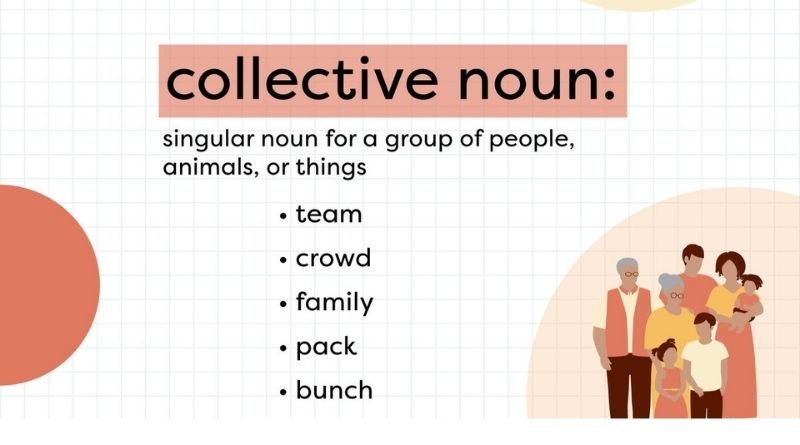Understanding ChatGPT: Revolutionizing Conversations with AI
In the age of rapid technological advancements, artificial intelligence (AI) has become a driving force in many industries, and one of the most exciting developments in recent years is OpenAI’s ChatGPT. ChatGPT is an advanced language model designed to interact with users in a conversational manner, enabling businesses, researchers, educators, and individuals to enhance their productivity, creativity, and communication.
This article will explore what ChatGPT is, how it works, its various applications, potential limitations, and provide answers to frequently asked questions to help you understand this groundbreaking technology.
What is ChatGPT?
ChatGPT is a product of OpenAI, a research organization dedicated to ensuring that artificial general intelligence (AGI) benefits all of humanity. Specifically, ChatGPT is based on OpenAI’s GPT (Generative Pre-trained Transformer) architecture. The model is designed to generate human-like text based on the input it receives, making it capable of holding dynamic conversations with users.
The primary purpose of ChatGPT is to assist users in generating text that is coherent, contextually relevant, and grammatically accurate. It is trained on a large dataset of diverse internet text but is not explicitly programmed with the ability to access personal data unless explicitly provided during interactions.
How Does ChatGPT Work?
At its core, ChatGPT is powered by deep learning algorithms that process vast amounts of text data. The model uses the Transformer architecture, a type of neural network that excels in understanding the relationship between words and phrases in a sentence. Here’s a simplified breakdown of how ChatGPT operates:
- Training Process: ChatGPT is trained using a method called unsupervised learning. This involves feeding it a large corpus of text, allowing the model to learn patterns, language structures, and context without explicit supervision.
- Contextual Understanding: One of the key features of ChatGPT is its ability to maintain context in conversations. It can remember previous parts of a conversation and use that information to generate more relevant and coherent responses.
- Generation of Responses: When a user inputs a prompt or question, the model predicts the next word in the sequence based on its training. By doing this repeatedly, ChatGPT is able to generate entire paragraphs of text that appear human-like in structure and tone.
- Refinement through Reinforcement Learning: To improve its performance, ChatGPT has been fine-tuned with reinforcement learning, where human trainers provide feedback on the model’s responses. This helps it generate more accurate, contextually appropriate, and useful content.
Key Features of ChatGPT
1. Natural Language Processing (NLP)
ChatGPT uses Natural Language Processing (NLP) to understand and produce human-like text. NLP enables the AI to interpret the nuances of human language, including grammar, syntax, and semantics, to ensure responses are coherent and contextually relevant.
2. Multitasking Capabilities
Unlike previous AI systems that might excel in a single domain, ChatGPT can handle a broad range of tasks. It can assist with writing, answer factual questions, help with brainstorming, summarize long articles, provide language translation, and even generate creative content such as poetry or stories.
3. Adaptability
ChatGPT is highly adaptable. Its responses can be adjusted depending on the tone and context of the conversation. Whether you need formal language for a business presentation or a more casual tone for an informal discussion, ChatGPT can easily accommodate the request.
4. Integration with Other Applications
ChatGPT’s versatility also allows it to be integrated into a variety of applications, from customer support chatbots to virtual assistants in productivity tools. Developers can use OpenAI’s API to incorporate ChatGPT into their software, enhancing the user experience.
Applications of ChatGPT
ChatGPT’s uses are broad and varied, offering potential across multiple industries. Here are some of the key areas where this AI technology is making an impact:
1. Customer Service
ChatGPT can serve as a virtual assistant, handling customer inquiries and providing support for businesses. It is capable of addressing frequently asked questions (FAQs), resolving common issues, and providing personalized recommendations, making customer service more efficient.
2. Content Creation
For marketers, writers, and content creators, ChatGPT is a valuable tool. It can generate blog posts, social media updates, ad copy, and more. By providing ChatGPT with a few key ideas or prompts, creators can generate high-quality content in a fraction of the time it would take to write manually.
3. Education and Tutoring
In the field of education, ChatGPT can act as a tutor, helping students with homework, answering questions, and explaining complex topics in simpler terms. Its ability to tailor responses makes it an effective tool for personalized learning experiences.
4. Language Translation
ChatGPT’s ability to understand multiple languages makes it useful in translation tasks. It can convert text from one language to another, aiding communication across language barriers in a wide range of contexts.
5. Personal Assistant
Individuals can use ChatGPT as a personal assistant to help with scheduling, reminders, task management, and general information gathering. Its conversational interface makes it an intuitive tool for handling daily tasks.
Limitations of ChatGPT
While ChatGPT is an impressive AI tool, it has limitations that users should be aware of:
- Accuracy: While the model is capable of providing accurate information, it sometimes generates responses that are incorrect or misleading. It’s important to verify critical information independently.
- Lack of Personal Experience: ChatGPT lacks personal experiences and emotions, which means it cannot fully understand or engage with complex human emotions in the same way a human could. Its empathy and understanding are based on patterns learned from text data, rather than lived experiences.
- Dependence on Data: ChatGPT’s responses are limited to the data it has been trained on. If it hasn’t been exposed to certain topics or recent developments, it may not be able to provide useful insights.
- Ethical Considerations: The use of AI raises ethical questions around bias, data privacy, and misinformation. ChatGPT, like any AI, can reflect biases present in the data it was trained on, leading to unintentional harm or skewed responses.
Future of ChatGPT and AI
The future of ChatGPT and similar AI models looks promising. As AI technology continues to evolve, future versions of ChatGPT will likely become even more sophisticated, with better accuracy, stronger contextual understanding, and greater adaptability. The potential for AI-powered solutions to transform industries, improve communication, and augment human abilities is immense.
FAQs about ChatGPT
1. Is ChatGPT free to use?
ChatGPT has both free and paid versions. The free version offers limited access, while the paid version (ChatGPT Plus) provides additional features, faster response times, and priority access to new features.
2. How can I use ChatGPT for business?
Businesses can integrate ChatGPT into their operations for customer service, content generation, and virtual assistants. OpenAI provides APIs that allow businesses to embed ChatGPT into their systems.
3. Can ChatGPT understand multiple languages?
Yes, ChatGPT is trained to understand and generate text in several languages, making it a useful tool for translation and multilingual communication.
4. Can ChatGPT write essays or academic papers?
While ChatGPT can help generate ideas, outline content, and provide writing assistance, it is not a substitute for thorough research and personal analysis. It’s essential to verify the information and ensure academic integrity.
5. Is ChatGPT safe to use?
ChatGPT is generally safe to use, but it is important to be cautious with sensitive or personal information. Users should avoid sharing private or confidential data with AI systems.
6. How accurate is ChatGPT?
While ChatGPT is generally accurate, it can sometimes generate incorrect or outdated information. It’s important to cross-check critical information from authoritative sources.
7. Can ChatGPT be used for creative writing?
Yes, ChatGPT can assist with creative writing, such as generating story ideas, writing poetry, and crafting dialogues. It can be a great tool for writers seeking inspiration or a creative boost.
Conclusion
ChatGPT is a groundbreaking tool that has transformed the way we interact with AI. Its ability to generate human-like text, understand context, and provide meaningful insights has made it an invaluable resource for individuals, businesses, and organizations. While there are still some challenges to overcome, ChatGPT’s future remains bright, and its potential to revolutionize various industries continues to expand.
As AI technologies like ChatGPT evolve, we can expect even more impressive capabilities, shaping the future of communication, education, business, and creativity. Whether you’re looking for assistance with everyday tasks, business solutions, or creative endeavors, ChatGPT is a tool that is rapidly becoming an essential part of our digital world.











